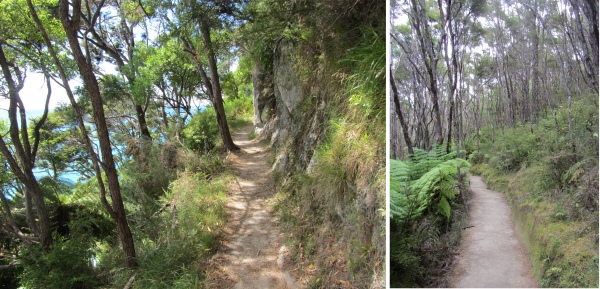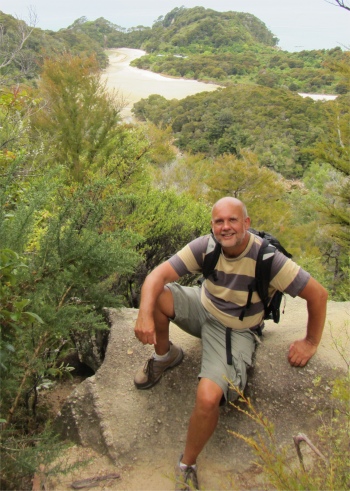 Tonga Island Fur Seal Pup |
I packed a waterproof just in case and off I went. The routine with the water taxi was the same as yesterday, though this time people were alighting much further up the coast.
A Kiwi bloke sat next to me, complete with his large toolbox. He was heading up to Totaranui to fix a phone. Normally he would drive up there, but the roads to the settlement had been washed away, and it was uncertain whether they would ever be replaced.
The chap and his wife originated from Hector, which was the furthest north I travelled on the West Coast. I told him about my expeditions around the coast tracing the mining history. He went into raptures. He had actually worked in the mines in the area, and had spent considerable time at Stockton mine during the late 60s and 70s. He had fond memories of all the Welsh guys he had worked with, reeling off names from decades ago.
"It is all opencast mining now," he said, with a hint of a sigh in his voice. "It's a dangerous job still. The large machines have a habit of falling through into old underground workings." He got out of the industry some time ago during a price slump in the price of coal, and redundancies were on offer.





